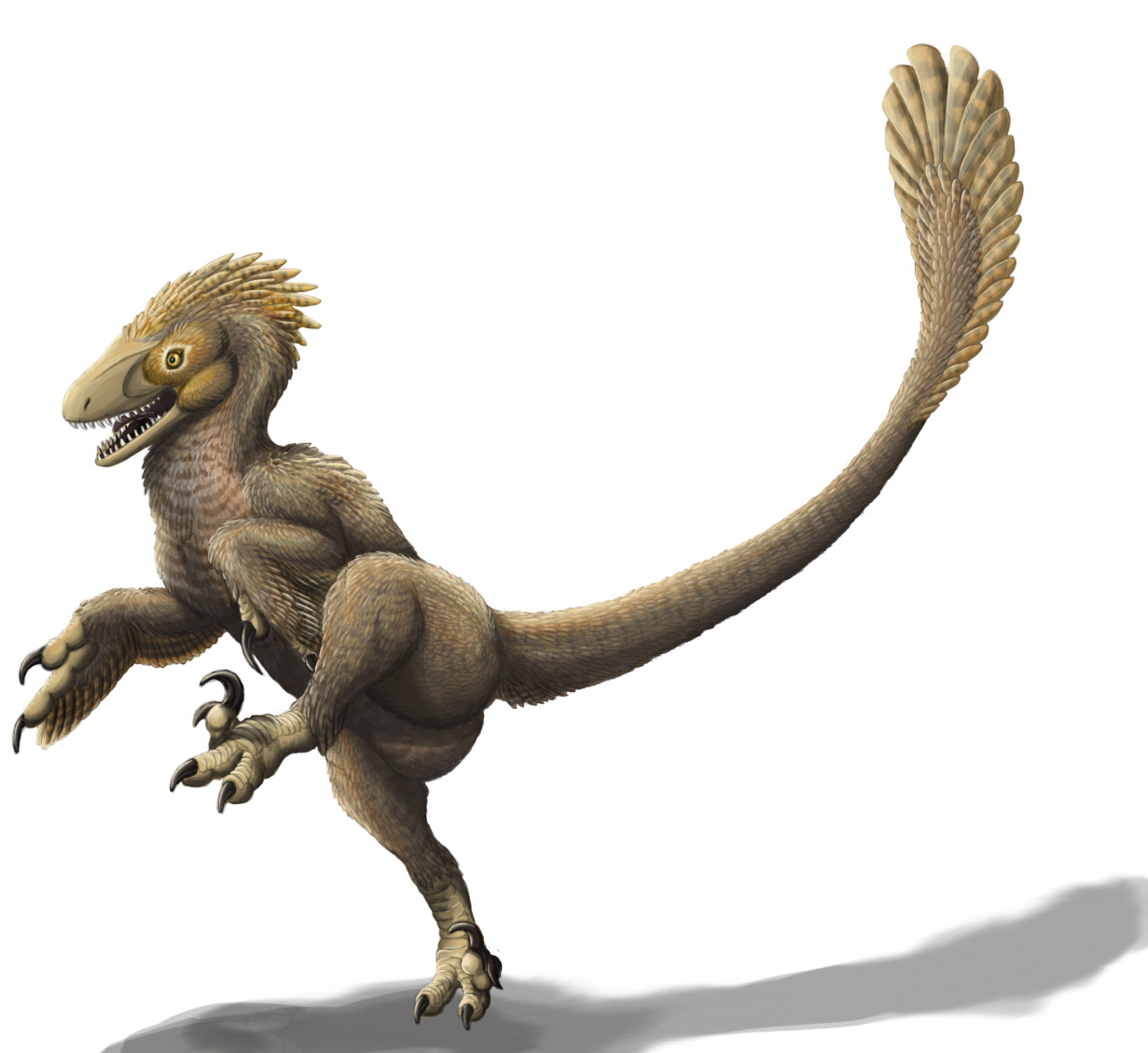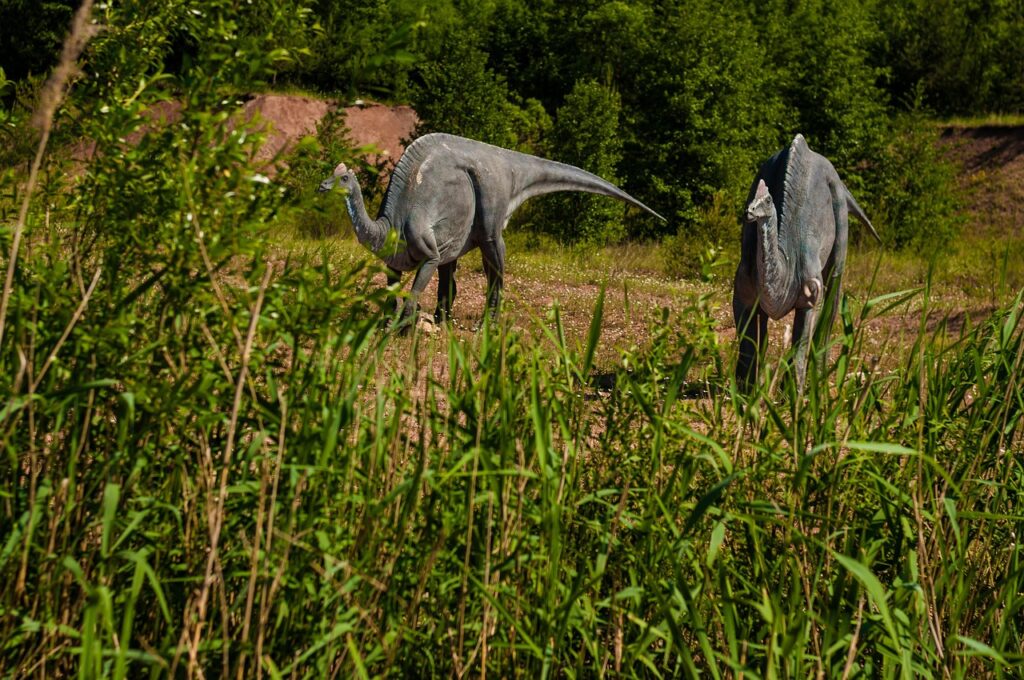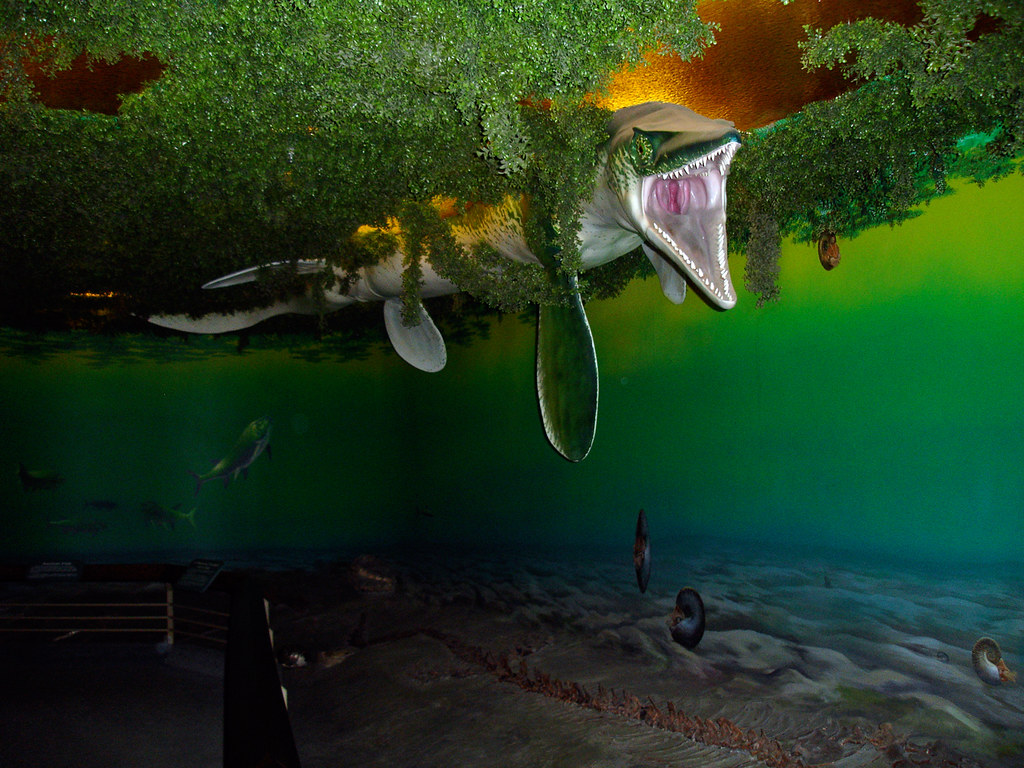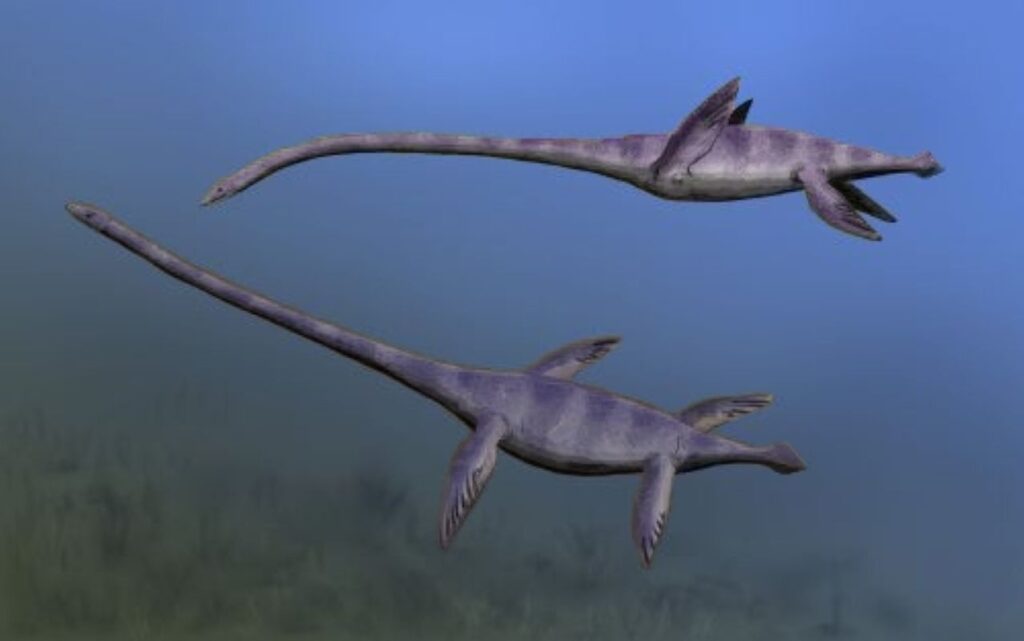Picture this: 125 million years ago, in the dense forests of ancient China, a crow-sized creature perched on a branch, shaking out not two, but four feathered wings. This wasn’t your typical dinosaur, and it certainly wasn’t quite a bird either. Meet Microraptor, the four-winged fossil that turned everything we thought we knew about the evolution of flight completely upside down.
The Shocking Discovery That Changed Everything
When paleontologist Xu Xing first laid eyes on the Microraptor fossil in 2003, he couldn’t believe what he was seeing. Here was a dinosaur with flight feathers on all four limbs – something that defied every textbook explanation of how birds evolved from dinosaurs.
The fossil was so perfectly preserved that individual feather barbs were visible under magnification. What made this discovery even more remarkable was that it came from the Liaoning Province in China, a region that has become the holy grail of feathered dinosaur discoveries.
Four Wings Instead of Two: Nature’s Bold Experiment
Microraptor possessed asymmetrical flight feathers on both its arms and legs – the same type of specialized feathers that modern birds use for powered flight. These weren’t just decorative plumes or simple insulation; they were genuine flight apparatus.
The creature’s hind limbs essentially functioned as a second pair of wings, creating what scientists call a “biplane” configuration. Think of it like nature’s version of the Wright brothers’ first airplane, but with a prehistoric twist that would make any engineer jealous.
Size Matters: The Tiny Terror of Ancient Skies
At just two feet long and weighing roughly two pounds, Microraptor was about the size of a modern crow. Its compact frame made it perfectly suited for aerial acrobatics that larger dinosaurs could only dream of.
Despite its small stature, this little dynamo packed some serious prehistoric punch. Its razor-sharp teeth and curved claws suggest it was a formidable predator, capable of snatching fish, small mammals, and even birds right out of the air.
The Gliding Master: How Four Wings Actually Worked

Recent computer simulations have revealed that Microraptor was likely a skilled glider rather than a powered flier. The four-wing configuration provided exceptional stability and control during aerial maneuvers, much like a modern flying squirrel.
Scientists believe these dinosaurs would launch themselves from trees and glide between branches with remarkable precision. The rear wings could be adjusted independently, allowing for complex banking turns and controlled landings that would make any pilot envious.
Feathers Like You’ve Never Seen Before
The most stunning revelation about Microraptor came when researchers analyzed the microscopic structure of its preserved feathers. They discovered that this ancient creature sported iridescent black plumage that would have shimmered with rainbow colors in sunlight.
These weren’t just any feathers – they were sophisticated structures with microscopic platelets called melanosomes that created brilliant displays of color. Imagine a four-winged dinosaur that looked like a living jewel soaring through prehistoric forests.
The Evolutionary Bridge We Never Knew Existed
Microraptor represents one of the most important evolutionary stepping stones between dinosaurs and birds ever discovered. It shows us that the path to bird-like flight wasn’t a straight line but rather a complex web of experimentation.
This creature proves that nature tried multiple approaches to achieving flight. While birds eventually settled on the two-wing design, Microraptor’s four-wing configuration demonstrates that evolution explored every possible avenue before finding the most efficient solution.
Hunting Strategies of a Four-Winged Predator
Analysis of Microraptor’s stomach contents has revealed fish bones, suggesting these creatures were versatile hunters capable of both aerial and aquatic hunting. They likely swooped down from trees to snatch prey from water surfaces, much like modern kingfishers.
Their curved claws were perfectly adapted for gripping both prey and tree branches. This dual functionality allowed them to be equally at home in the treetops and during high-speed pursuits of flying or swimming targets.
The Great Debate: Bird or Dinosaur?
Microraptor sits right at the blurry line between dinosaurs and birds, making classification a hotly debated topic among paleontologists. Some argue it should be considered an early bird, while others insist it’s purely a feathered dinosaur.
The truth is probably somewhere in between. Microraptor possessed bird-like features such as flight feathers and hollow bones, but it also retained distinctly dinosaurian characteristics like teeth and a long bony tail. It’s nature’s reminder that evolution rarely fits into neat categories.
Living Alongside Giants: The Microraptor Ecosystem
During the Early Cretaceous period, Microraptor shared its environment with massive dinosaurs like Sinosauropteryx and Confuciusornis. While giants thundered across the landscape below, these nimble gliders ruled the forest canopy.
Their aerial lifestyle gave them access to food sources and nesting sites that ground-bound dinosaurs couldn’t reach. This ecological niche specialization allowed multiple species to coexist in the same environment without directly competing for resources.
Fossil Preservation: A Window into Deep Time
The exceptional preservation of Microraptor fossils is thanks to the unique geological conditions in ancient China’s Liaoning Province. Volcanic ash rapidly buried these creatures, creating an oxygen-free environment that prevented decay.
This process, called exceptional preservation, captured not just bones but also soft tissues, feathers, and even stomach contents. It’s like having a prehistoric photograph that’s 125 million years old, showing us details that would normally be lost to time.
Modern Technology Meets Ancient Mysteries

Scientists today use cutting-edge technology like CT scanners and electron microscopes to study Microraptor fossils. These tools reveal internal bone structures, feather microarchitecture, and even traces of ancient proteins.
Computer modeling has allowed researchers to test different flight scenarios, determining how these four-winged creatures moved through the air. It’s like having a time machine that lets us witness prehistoric flight in action.
The Color Revolution in Paleontology
Microraptor was the first dinosaur whose original color was scientifically determined. This breakthrough opened up an entirely new field of study called paleocoloration, where scientists can now reconstruct the appearance of extinct animals.
The discovery that Microraptor was iridescent black challenged assumptions about dinosaur appearance and behavior. Bright colors often serve as displays for mating or territorial purposes, suggesting these creatures had complex social behaviors we’re only beginning to understand.
Lessons for Understanding Flight Evolution
Microraptor teaches us that evolution is an experimental process, not a predetermined path toward perfection. The four-wing design may seem inefficient compared to modern birds, but it worked well enough to persist for millions of years.
This creature shows us that there were multiple evolutionary solutions to the challenge of flight. While the two-wing design ultimately proved more successful, Microraptor’s approach was a valid alternative that deserves our respect and admiration.
What Microraptor Means for Our Future
Understanding how Microraptor achieved flight has practical applications for modern engineering. Researchers study its four-wing configuration to develop new types of aircraft and drones that could benefit from enhanced stability and maneuverability.
The creature’s gliding efficiency also provides insights for developing more sustainable transportation methods. Sometimes the best innovations come from looking backward to see what nature already figured out millions of years ago.
The Legacy of the Four-Winged Pioneer
Microraptor represents more than just an evolutionary curiosity – it’s a testament to life’s incredible creativity and adaptability. This small dinosaur dared to be different at a time when the skies were empty and waiting to be conquered.
While Microraptor’s lineage didn’t survive to the present day, its genetic legacy lives on in every bird that soars overhead. The four-winged experiment may have ended, but it paved the way for all future flight. Who would have thought that understanding the evolution of flight would require looking at a dinosaur that couldn’t quite decide whether it wanted two wings or four?




